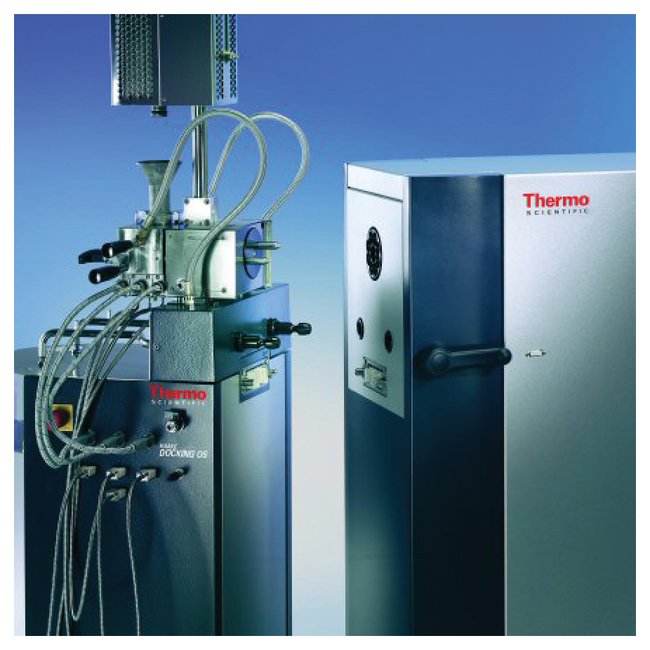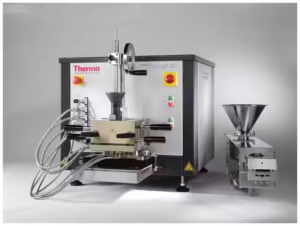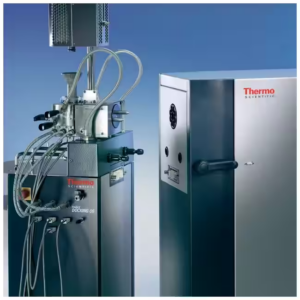Mixing, kneading, compounding and plasticizing
A typical mixer test is run at a defined speed (shear rate) versus time, and the material’s response is recorded as torque. The mixing chamber is temperature-controlled precisely by independent heating and cooling zones, but due to the frictional heat in the mixing bowl, a change in the material’s melt temperature is observed and recorded as measuring signal. This “Rheogram” (torque, melt temperature vs. time at constant speed) is characteristic for different materials or blends and often used as a “fingerprint” in Quality Control for incoming or outgoing product inspection. Different additives in type and concentration can be measured and quantified objectively through the melting behavior, consumed energy or melt viscosity (recorded torque).
Typical investigations
Testing the melting and degradation behavior of polymer melts
Quantifying viscosity when adding nano-particles or other additives
Testing the gelation- and plasticizing behavior of PVC dry-blends
Measuring the flow- and curing behavior of thermosetting plastics
Characterizing the influences of different additives such as carbon black, fillers, lubricants, accelerators or sulphur for rubber mixtures
Recording the masticating and vulcanizing behavior of elastomers
Measuring the oil absorption of carbon black
Quantifying the absorption of DOP for PVC dry-blends
Measuring the stable torque in regard to individual and combined influences of fillers and additives such as stabilizers, lubricants and color pigments
Testing high performance plastics to check processability
Performing electric conductivity measurements for rubber mixtures









Reviews
There are no reviews yet.